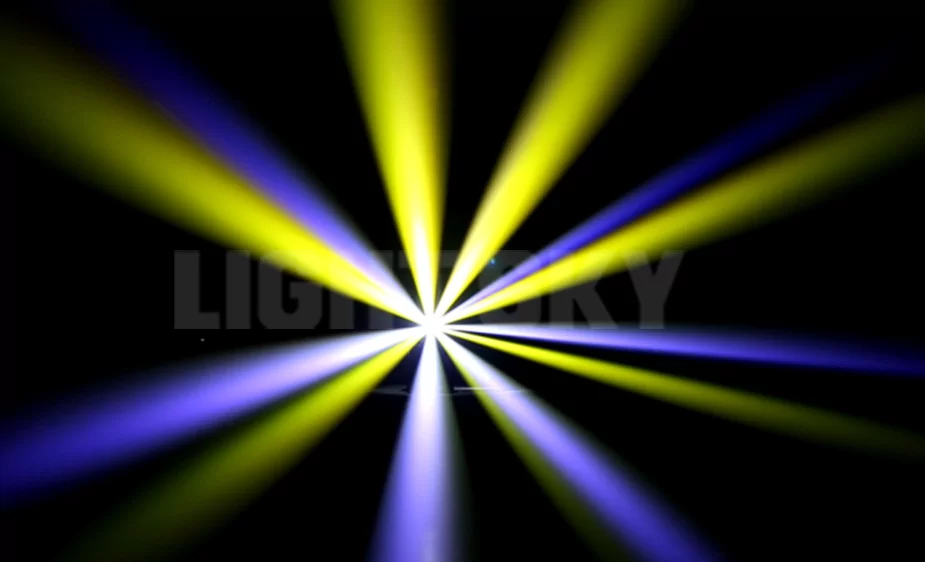The New Era of Stage Lighting: Exploring Bulbs, Lasers, and LEDs
In the ever-evolving world of stage lighting, technology continues to advance, offering a variety of light sources that bring unique advantages to the table. Among these, bulbs, lasers, and LEDs stand out as the most prominent. Each of these lighting options comes with its own set of benefits, making them suitable for different applications and preferences. Let’s delve into the advantages of each type of stage lighting source.
Traditional Bulbs: Classic and Reliable
Traditional stage lighting bulbs, often halogen or tungsten, have been the backbone of theatrical productions for decades. Despite the rise of newer technologies, they still hold a significant place in stage lighting due to several key advantages:
- High Color Rendering Index (CRI): Traditional bulbs offer excellent color rendering, ensuring that colors appear true to life. This is crucial in theater and concert settings where accurate color representation is essential.
- Smooth Dimming:** Bulbs provide smooth, flicker-free dimming, which is ideal for creating subtle lighting transitions and mood changes on stage.
- Warm Light Quality:The warm, natural light quality of traditional bulbs is often preferred for its ability to create a cozy and inviting atmosphere, particularly in drama and musical performances.
- Affordability:Traditional bulbs are generally more affordable upfront compared to newer technologies, making them accessible for smaller venues and productions with limited budgets.
And now, we have discharge bulbs with more advanced technology than traditional light sources, offering higher luminous efficiency and better brightness.
LIGHTSKY MINI LUNAR AQUA use new discharge lamp technology, with a compact and lightweight fixture. Compact size, excellent waterproof performance with an IP65 rating. This makes it an outstanding waterproof discharge stage light, suitable for both outdoor and indoor use.

Lasers: Precision and Impact
Lasers are a cutting-edge option in the realm of stage lighting, known for their precision and striking visual impact. They bring a futuristic element to stage productions, with several distinct advantages:
- High Intensity:Lasers produce extremely bright and intense beams of light, making them perfect for creating dramatic effects and captivating audiences in large venues.
- Energy Efficiency: Lasers are highly energy-efficient compared to traditional bulbs, reducing power consumption and operating costs over time.
- Longevity:Lasers have a longer lifespan than many other light sources, which means less frequent replacements and lower maintenance costs.

The MINI LASER AQUA and MINI LUNAR AQUA share the same compact design, but the MINI LASER AQUA uses a 100W laser light source, resulting in a stronger beam and longer range. It is an indispensable, small-power, high-brightness waterproof beam light.
LEDs: The Modern Standard
Light Emitting Diodes (LEDs) have rapidly become the modern standard in stage lighting, favored for their versatility and efficiency. Here are some of the key advantages of using LEDs:
- Energy Efficiency:LEDs are incredibly energy-efficient, consuming significantly less power than traditional bulbs. This translates to lower electricity bills and a reduced carbon footprint.
- Long Lifespan:LEDs have an exceptionally long lifespan, often lasting tens of thousands of hours. This reduces the frequency of replacements and maintenance, saving both time and money.
- Color Flexibility: LEDs can produce a wide range of colors without the need for additional gels or filters. This makes it easy to create vibrant and dynamic lighting designs.
- Low Heat Emission:Unlike traditional bulbs, LEDs emit very little heat, reducing the risk of overheating and making them safer to use in various settings.
- Compact Size: The small size of LEDs allows for more flexible and compact lighting fixtures, enabling innovative designs and installations in tight or unconventional spaces.
- Eco-Friendly: LEDs do not contain harmful substances like mercury, making them more environmentally friendly and easier to dispose of safely.

Conclusion
The new era of stage lighting offers a diverse array of options, each with its own strengths. Traditional bulbs continue to provide reliable, high-quality light; lasers offer precision and impact for dramatic effects; and LEDs deliver efficiency, versatility, and modern capabilities. By understanding the advantages of each light source, stage designers and technicians can make informed decisions to enhance their productions and create unforgettable experiences for their audiences.
Whether you are drawn to the classic warmth of traditional bulbs, the cutting-edge precision of lasers, or the versatile efficiency of LEDs, the future of stage lighting is bright and full of possibilities.


